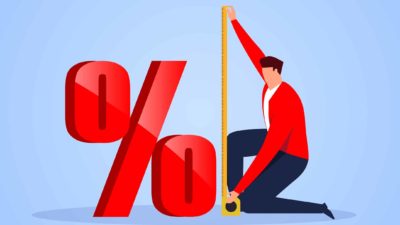Yesterday, we saw the Reserve Bank of Australia (RBA) assemble for its monthly meeting. In these meetings, the RBA assesses the state of the Australian economy, and also considers whether changes to official monetary policy are required.
Normally, this simply means deciding whether it is appropriate to raise, lower, or hold the cash rate steady. But in more recent times, other more 'unconventional' measures are also considered.
So yesterday, the RBA decided against lowering interest rates from 0.25% (where they currently sit) to zero. Since we are at such low bounds of monetary policy already, most economists don't believe moving from 0.25% to zero would have any real practical effect – otherwise, the RBA probably would have done so.
But the RBA did flag that it expects interest rates to stay in this range for a long time yet.
If this does eventuate, it will have profound implications for ASX shares and investors alike.
What do low interest rates mean for ASX shares?
There are 2 major effects that low rates have on the share market.
Firstly, it is likely to result in higher share prices over the long-term. In many financial modelling standards, shares are valued using the 'risk-free rate' – which is directly influenced by the official cash rate. Having a lower risk-free rate means most investors are willing to pay more for riskier assets like shares. This may result in a revaluation towards the upside of most shares on the ASX over time.
Secondly, it increases the appeal of ASX dividend shares even further. Low interest rates are designed to encourage borrowing and discourage saving. Therefore, a consequence of a near-zero interest rate is low returns from safer assets like term deposits, savings accounts and government bonds.
This might not matter to some, but more conservative investors such as retirees look to preserve capital as a priority in their investment portfolios. In doing so, this group has traditionally relied on these safer investments to produce a fair chunk of their portfolio returns.
The problem is that this avenue has all but been cut off. Sure, you can still have a term deposit – but what's the point when it's only netting you 1% per annum and not even keeping up with inflation?
In this way, low interest rates force these investors into higher-risk assets like shares – especially those who can best replace their term deposits by paying safe, secure and substantial dividends.
If interest rates stay at their current levels for years to come, expect demand for these kinds of shares to balloon. So maybe right now is a good opportunity to load up the boat on the shares you love. It might be the best chance to lock in a solid yield before this happens!








